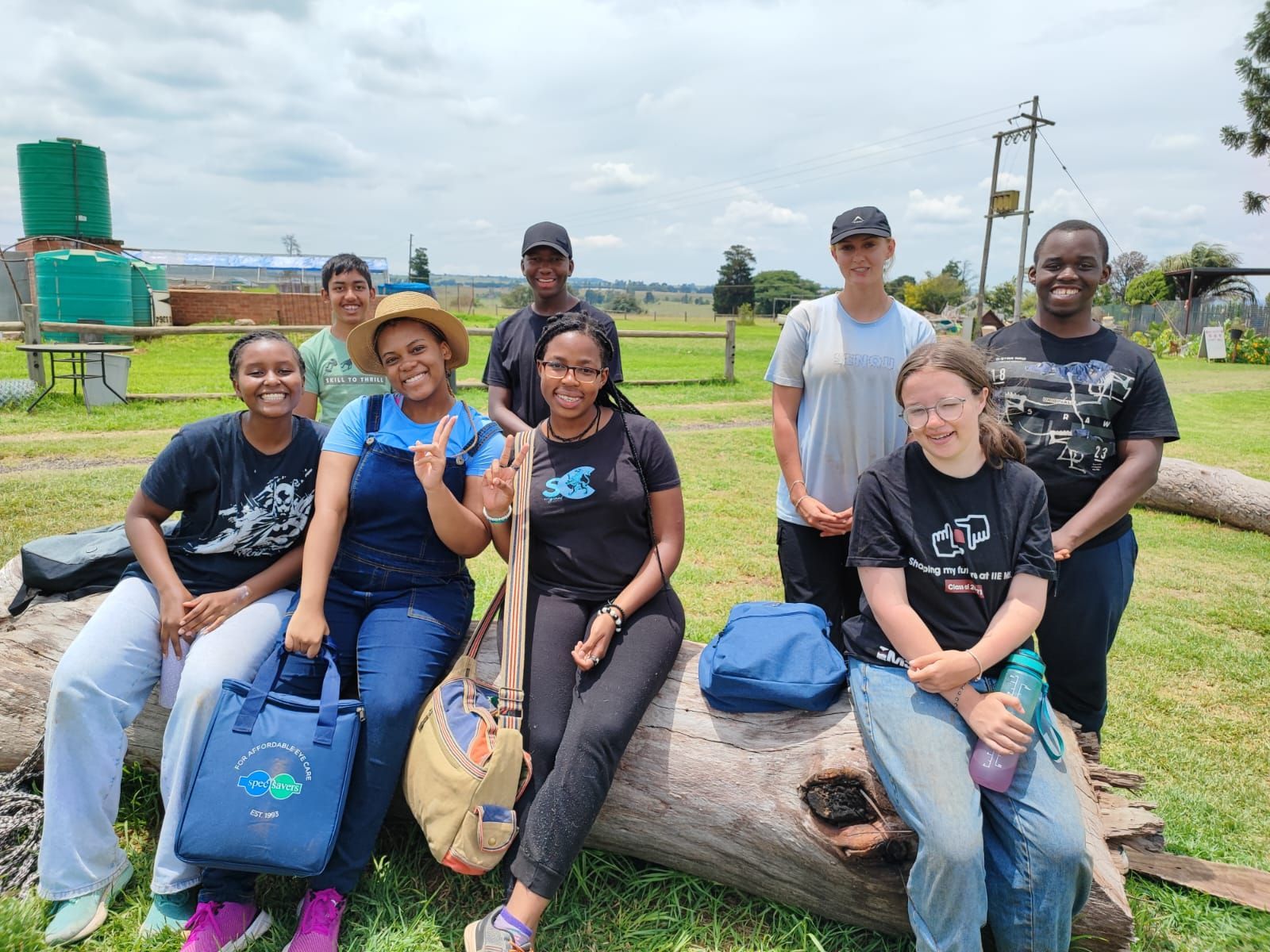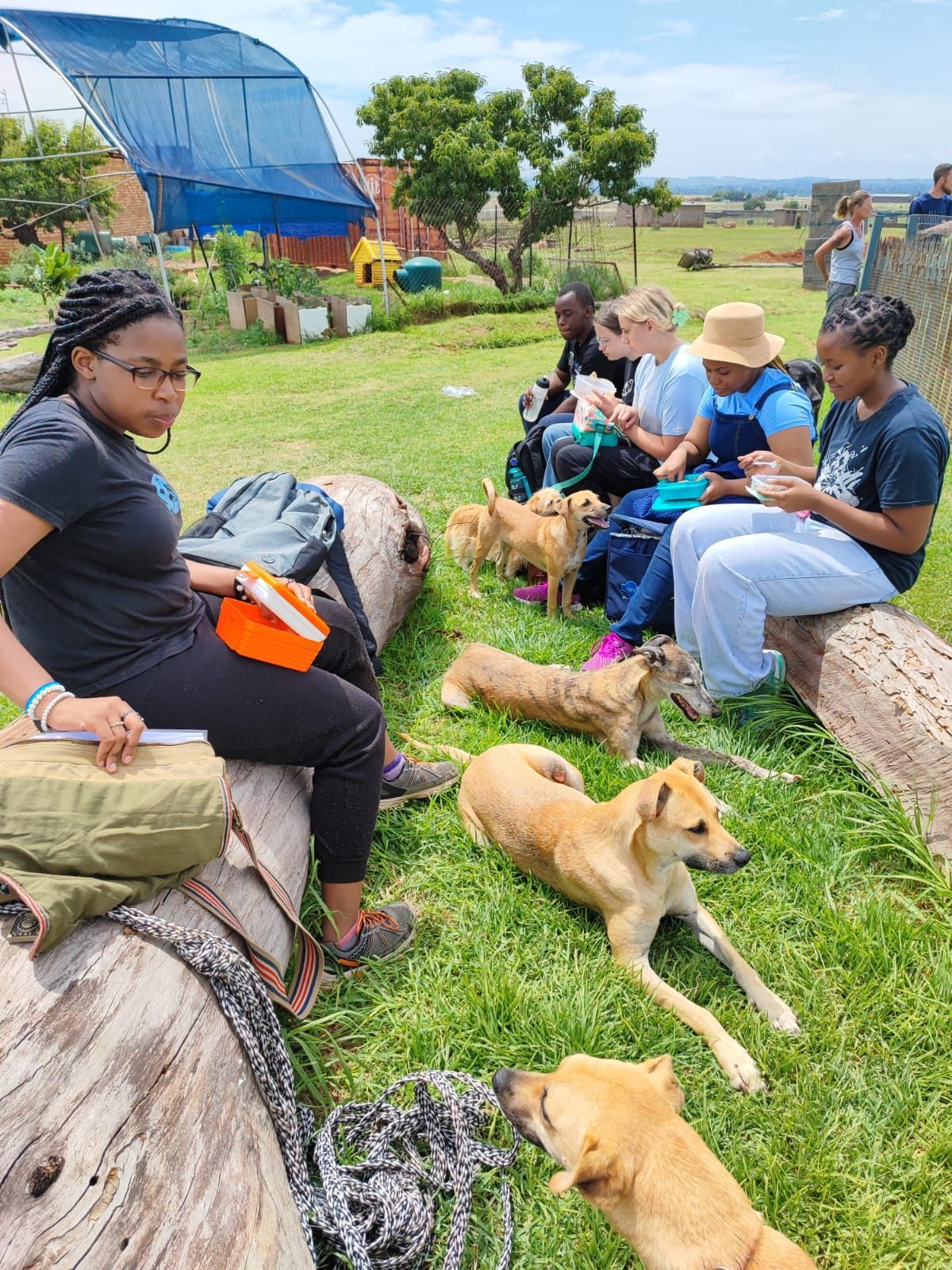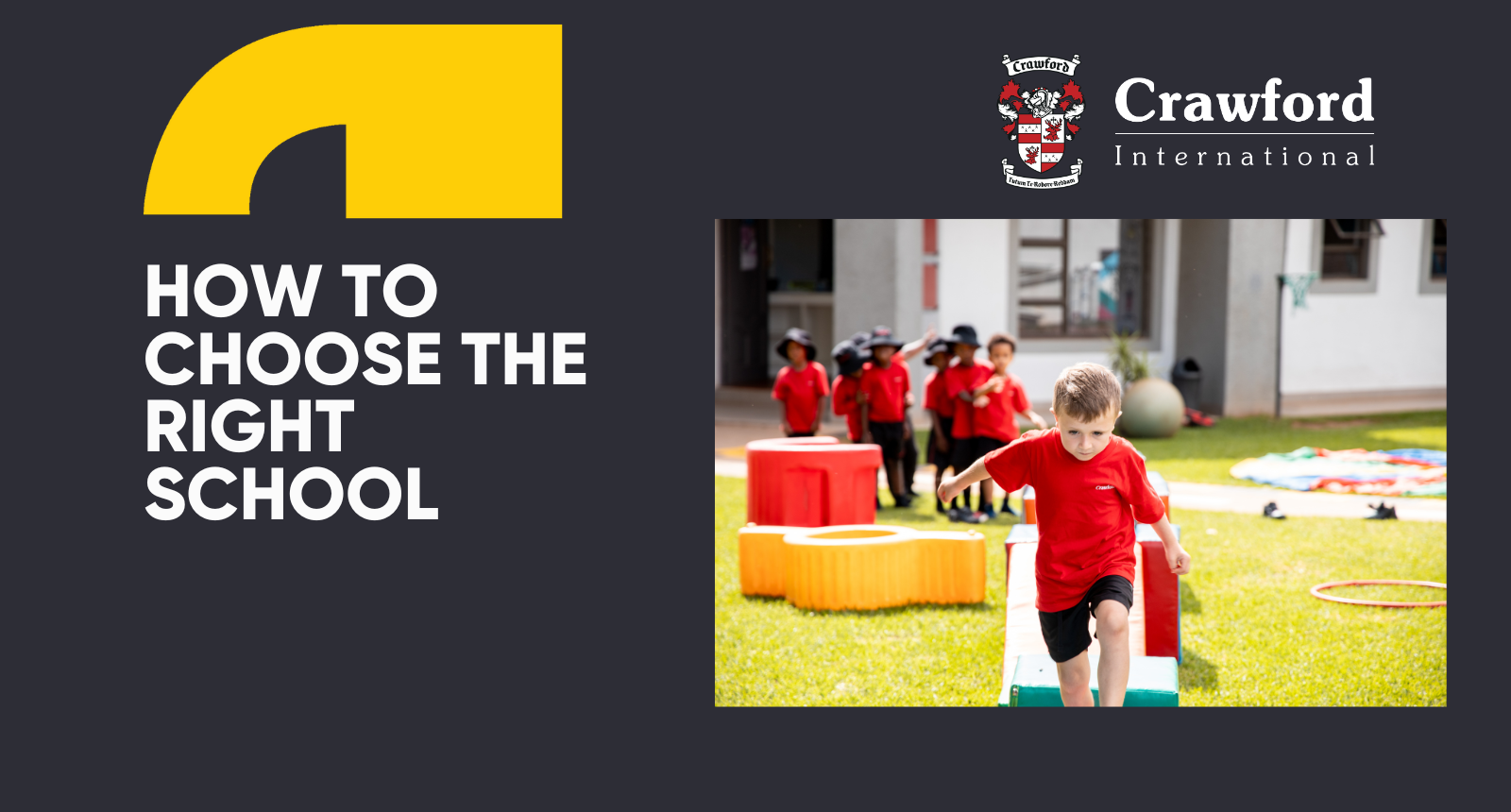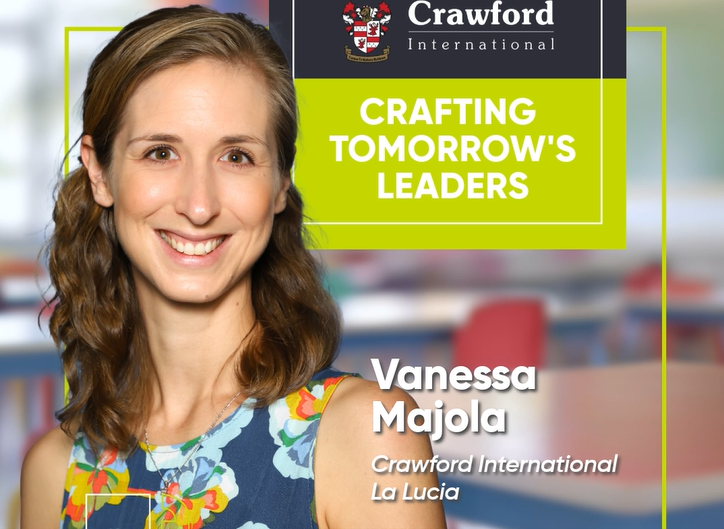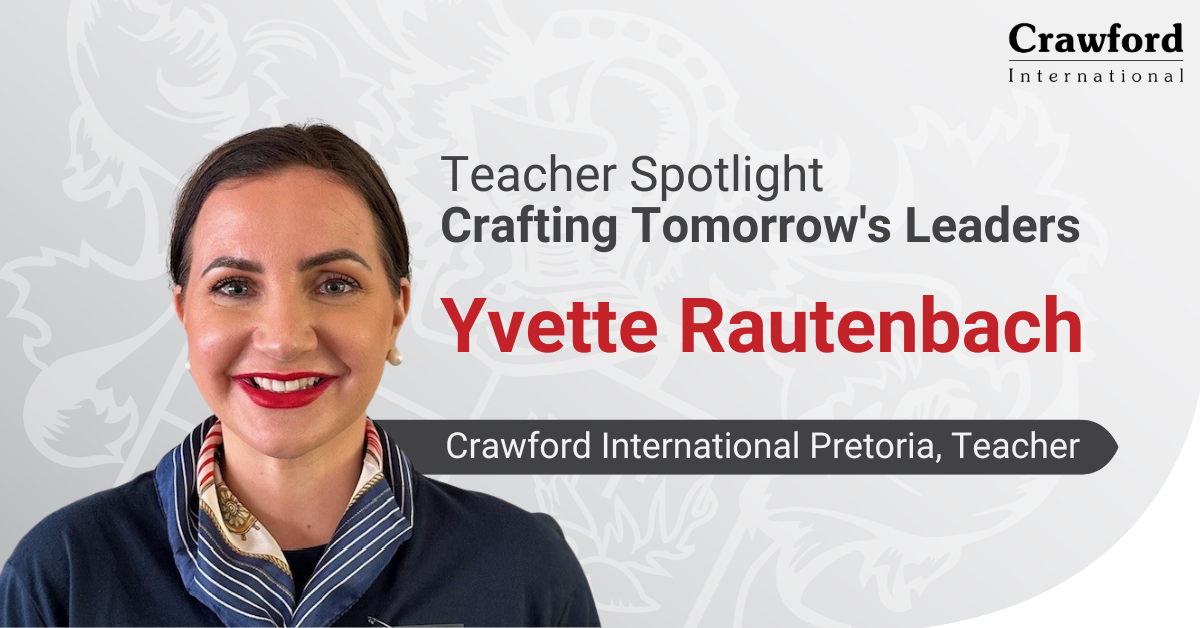Ruimsig March 2024
March 27, 2024
PRE-PRIMARY
No Obstacle Big Enough for Grade 0s
The Grade 0 students had tons of fun tackling a gruelling obstacle course, that was set up for them by the teachers. The students worked on improving their muscle strength, body awareness, balance, and coordination. To mark the end of their Unit of Inquiry "Who We Are", the Grade 0 students went on a walk-about and visited the Innovation Station located at the Preparatory School. They learnt that every snowflake is unique, just like each and every one of them! They created beautiful works of art using iPads and celebrated each other's differences.
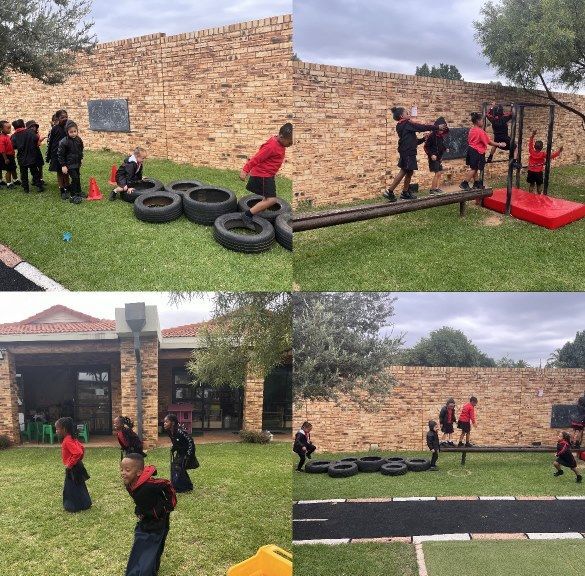
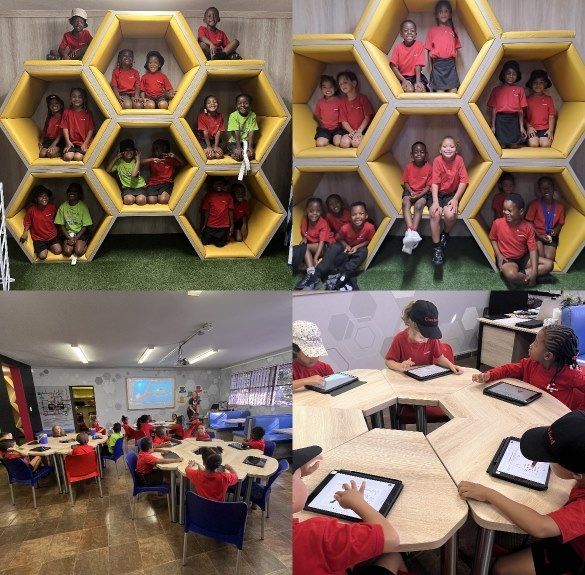
Sharing the Planet Unit of Inquiry
To kickstart our new Unit of Inquiry "Sharing the Planet", the Grade 1 students had a visit from Top Snake. The children learnt about hibernation, brumation, and what it means to be cold-blooded. We had some very brave students who wanted to hold the snake, and of course our brave teachers also joined in the fun.
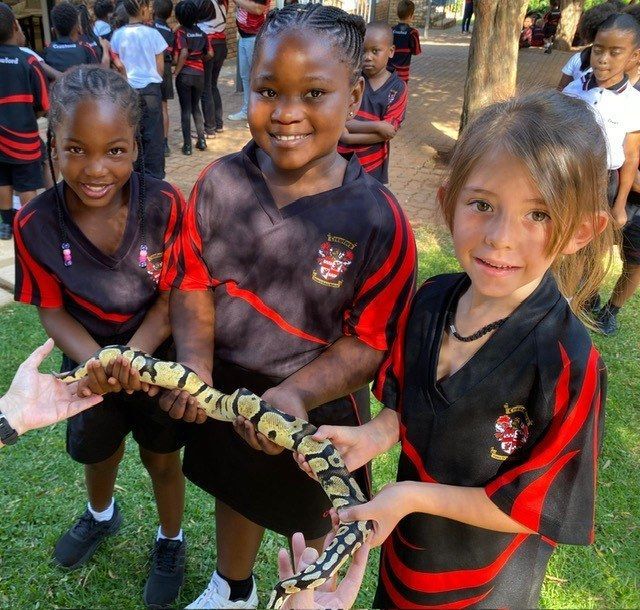

PREPARATORY
Inter-house Public Speaking Evening
Thursday evening was a memorable occasion as we gathered for our annual Interhouse Public Speaking Evening. Our hearts swelled with pride as we witnessed the persuasive and informative abilities of our students on full display. It was wonderful to see the depth of talent within our school community. We welcomed Mr Freedom Munukha and Mrs Amy Sulista back to serve as our guest adjudicators for the evening. Their presence added a special touch to the event, enriching it with their wisdom and expertise.
We extend our thanks to all involved for their commitment to excellence and their contribution to making this event a success.


Camp Adventure
Our Grade 4 group enjoyed a tour of Kwalata Adventure Camp. Starting Day 1 off with a bang, our brave Grade 4s made their way to their first stop at Croc City. After viewing live crocodiles, and learning about their eggs and how they hatch, they were able to touch a real crocodile hatchling. After arrival at Kwalata Adventure Camp, where the students were sorted into their teams. Each group went over the camp rules and was then sorted into cabins. Groups participated in various activities and danced to African drums. They finished the first day off with a fantastic music programme and a warm dinner before retiring for the night under the stars.
Day 2 started with the students and teachers being woken bright and early to the sound of the African Drums for their very first game drive! Giraffe, zebra, kudu, and even jackals made their appearances, and the students were overjoyed to see such sights. Students rotated to other activities, such as beading, bushveld first aid, and planning out how to facilitate a zoo of clay animals.
They ended off the hot day on a waterslide followed by dinner. The students had the opportunity to cook for their teachers in a Stir Fry Potjie Kos competition which was exciting! They then had some much-needed downtime, settling in with a movie, before they fell asleep for the last time under the stars.
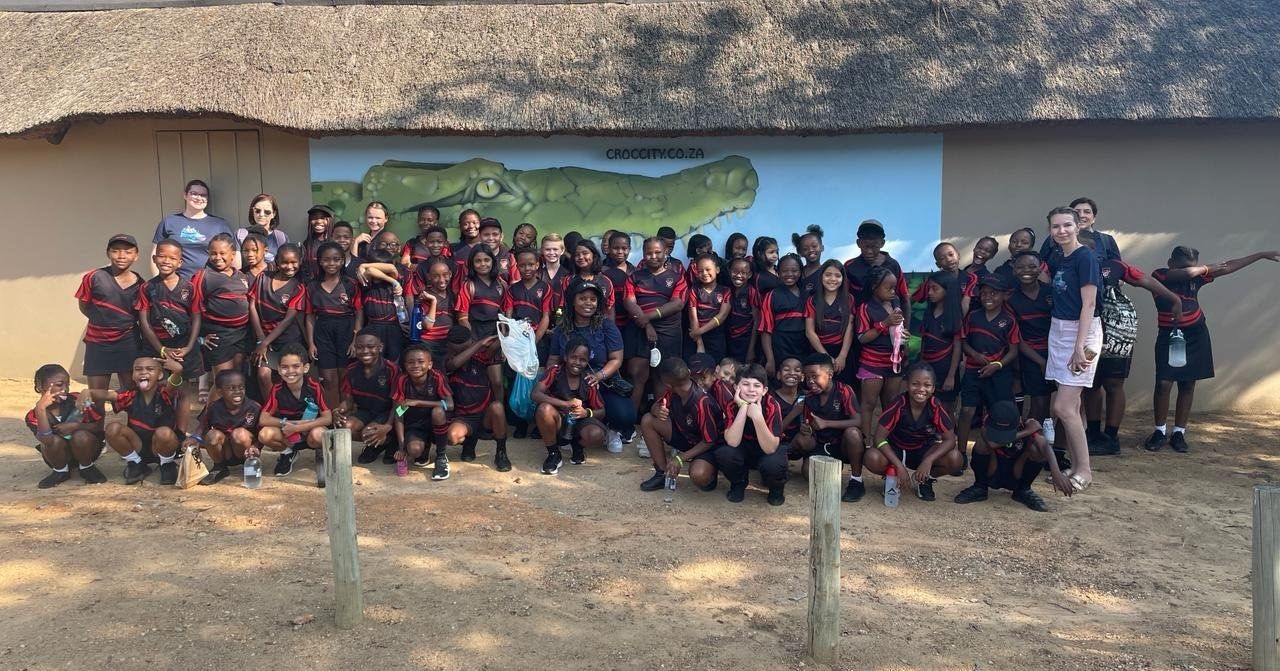

COLLEGE
Grade 8 Camp
The Grade 8 camp commenced with a burst of energy, setting the tone for an exciting and memorable experience. Following satisfying breakfasts, lunches and suppers, the students enthusiastically immersed themselves in a series of exhilarating activities that included the challenging tasks of raft building, dam racing, and navigating a teamwork-intensive obstacle course. These engaging outdoor pursuits not only provided a platform for physical activity and adventure but also fostered crucial teamwork and problem-solving skills among the students.
The Grade 8s also devoted time to the rehearsal of choreography designed for the Induction ceremony scheduled for 5th of March 2024. This careful preparation reflects not only their dedication to presenting a polished performance but also underscores their commitment to making the upcoming induction a truly special event.
Beyond the camp activities, a significant aspect of the experience was the opportunity for the Grade 8s to forge connections with various individuals. This included building relationships with the Grade 12 Executive body, fostering bonds with their teachers, and establishing connections with their peers. These interactions provided a foundation for a supportive and collaborative community within the college.
The hope is that these connections, forged during the camp, will continue to evolve, and thrive over the course of the students' five-year journey in the college. Creating a sense of community and camaraderie early on is instrumental in enhancing the overall college experience and contributes to a positive and enriching academic environment. As the students embark on this transformative phase, the anticipation is for these connections to grow stronger, creating a lasting network of support and friendship throughout their college years.

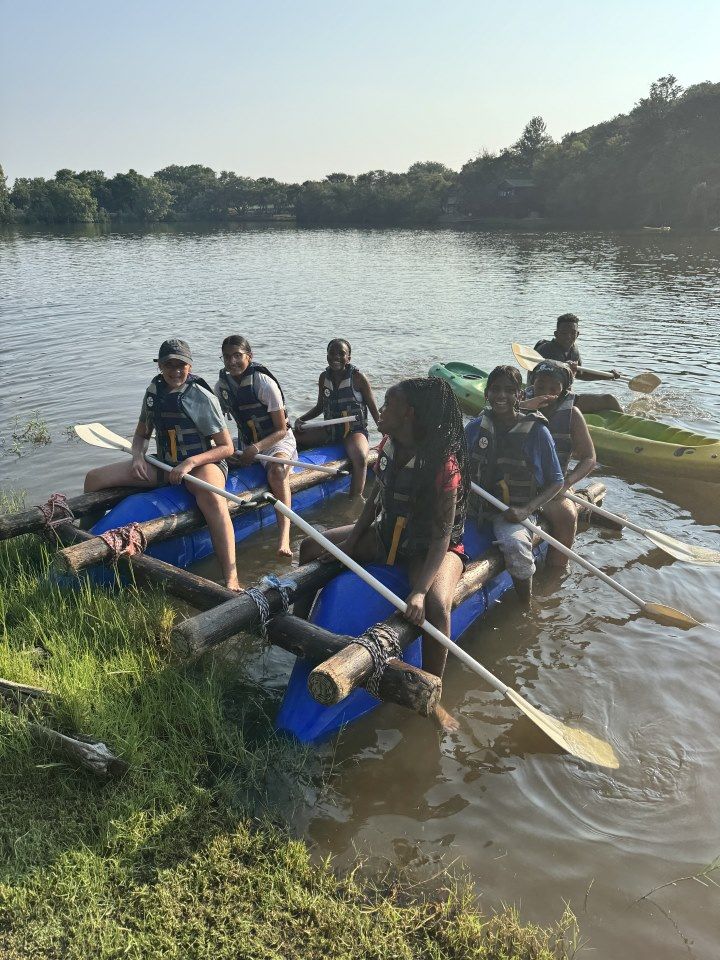
Basketball: A Growing Sport in Ruimsig
Basketball is the newest sport at Crawford Ruimsig, only having been introduced in 2023. Due to the success of its implementation, we have managed to successfully fill three teams: junior boys, senior boys and a girls team. We have faith that as the sport continues to grow, we will be able to make even more teams.
Our basketball teams have played two friendly matches thus far. On Thursday, 29th of February, our junior and senior gents played a match against Alma Mater International School. Our junior and senior boys played with passion as they faced strong competition. As it was the first match of the season, the nerves and excitement of the players was palpable and gave them the opportunity to learn from a strong team in preparation for the season. Although we lost our matches, there was an improvement in our game compared to last year when we played against the same teams, scoring 22 more goals this year than last year.
We also received tremendous support from our spectators, and we are thankful for the support from our students, parents and teachers who came to watch the game. On Saturday, 2nd of March, our junior and senior boys’ teams went to Curro Aurora for our second friendly match. Both our basketball teams made us proud displaying an improvement in teamwork, confidence, and skill. Didintle Kgokga from the senior team scored a whopping 14 points. In our junior teams, we saw 4 points scored each by Nashe Mapondera and Reabetswe Dichaba as well as an impressive three-pointers scored by Carter Kivedo and Kiran Anderson. Both matches were won by Crawford Ruimsig.
Our junior team won 16 -14 and our senior team won 23-9. We were so thankful to see the support of parents who came to support our basketball games. Our team, lead by Zuriel Matthews, ended the match by giving our supporters a round of applause for being there.
We look forward to a successful year of basketball and look forward to our lady players having some game time in the upcoming weeks.
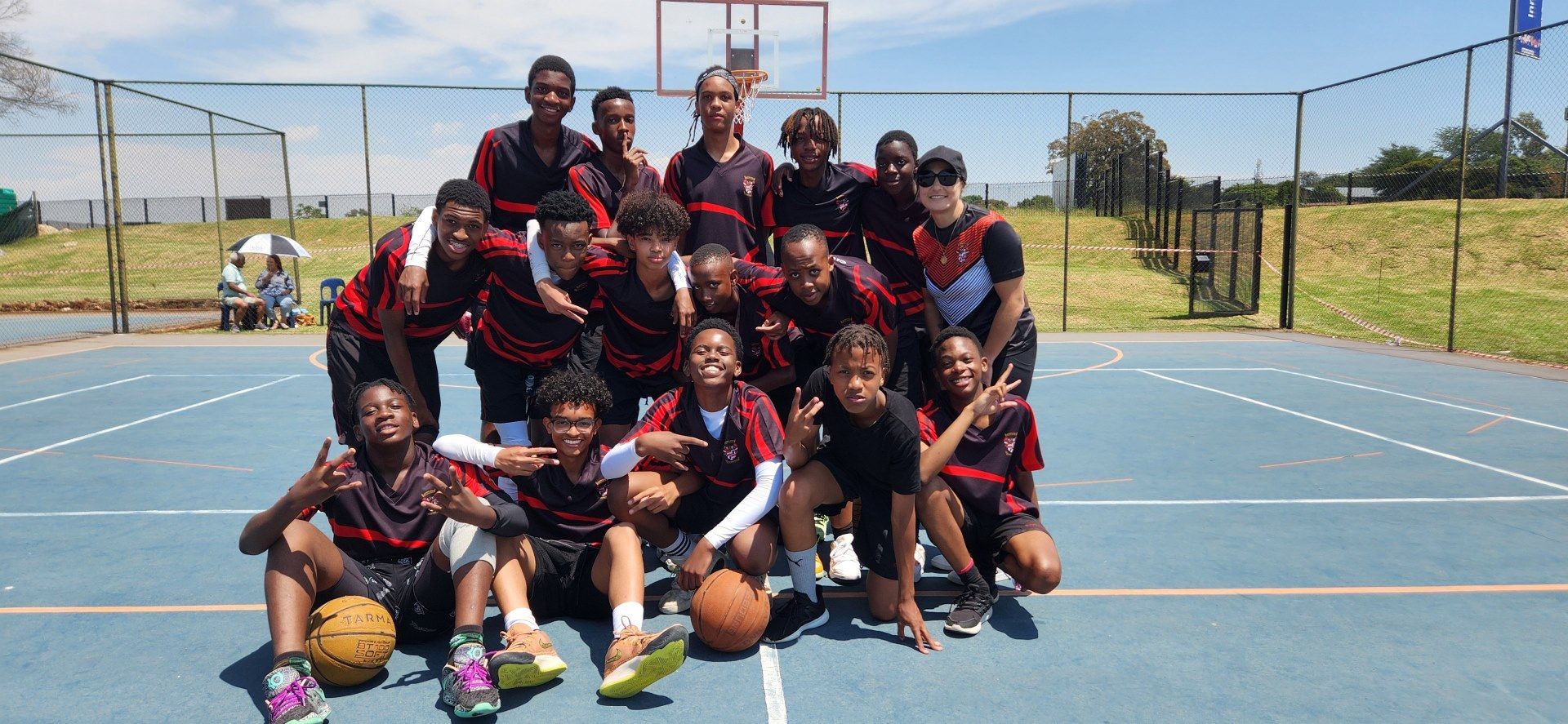

CSI initiative Ruimsig
We have started the year with a bang and have already visited FORA twice this year – Friends of Rescued Animals Our biggest challenge is always to socialise the animals – they are wary of humans as most of them have been abandoned. and abused by people who were supposed to look after them and care for them.
Our Crawfordians always take their challenge to attention every animal on site very seriously. FORA is an NPO and rely on any assistance they can get: food, money or cleaning agents.

